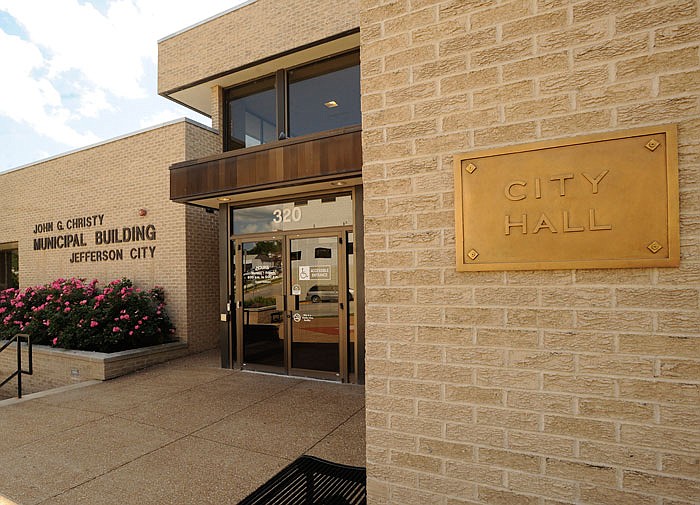The Jefferson City Council approved a new commercial office building Monday night for the Missouri Soybean Association.
A preliminary Planned Unit Development plan proposes a 14,000-square-foot commercial building at 734 S. Country Club Drive, along with a 400-square-foot standalone conference room and 3,000-square-foot storage building.
The association will relocate to the new building from its current office at 3337 Emerald Lane.
Missouri Soybean Association Executive Director Gary Wheeler said the association plans to break ground in June.
It also plans to incorporate commercial soy-based products in the construction of the building.
Wheeler said the association looked at other sites and decided this would be the best site.
"It's going to be a fantastic site and we're really excited about this," he said.
Along with the plan, the council approved rezoning about 5 acres from RS-1 Low Density Residential to a PUD.
The Jefferson City Planning and Zoning Commission approved the plan last month.
The council also heard a proposed $150,000 agreement with HDR Inc. for professional services. The Capital Area Metropolitan Planning Organization plans to use these services to update its Metropolitan Transportation Plan along with local comprehensive plans in the CAMPO region, which includes Jefferson City and other Mid-Missouri municipalities.
The Missouri Highways and Transportation Commission would provide 80 percent of the funding as part of the Surface Transportation Program Grant Agreement. Jefferson City would pay $22,500 of the agreement.
Also on Monday, the council heard an $86,600 contract with Stockman Construction to floodproof the Green Meadow Pump Station. This would prevent equipment damage caused by the Moreau River flooding.

